- What is breathing:
- Cellular breathing:
- Aerobic and anaerobic breathing:
- Breathing plants:
- Breathing Techniques For Stress:Breathing Exercise
- Breathing Techniques For Stress:Breathing Exercise For Anxiety:
- Breathing Techniques For Stress: Breathing Techniques For Sleep
- Breathing Techniques For Stress: Belly Breathing
- Breathing Techniques For Stress: Breathing Exercise For Lungs
- Deep Breathing Exercise:
briefly the best Breathing Techniques For Stress: First, take a normal breath. Then try a deep breath: Breath in slowly through your nose, allowing your chest and lower belly to rise as you fill your lungs.
Breathing meaning: Breathing is the process of moving air into and from the lungs to facilitate gas exchange with the internal environment, mostly to flush out carbon dioxide and bring in oxygen.
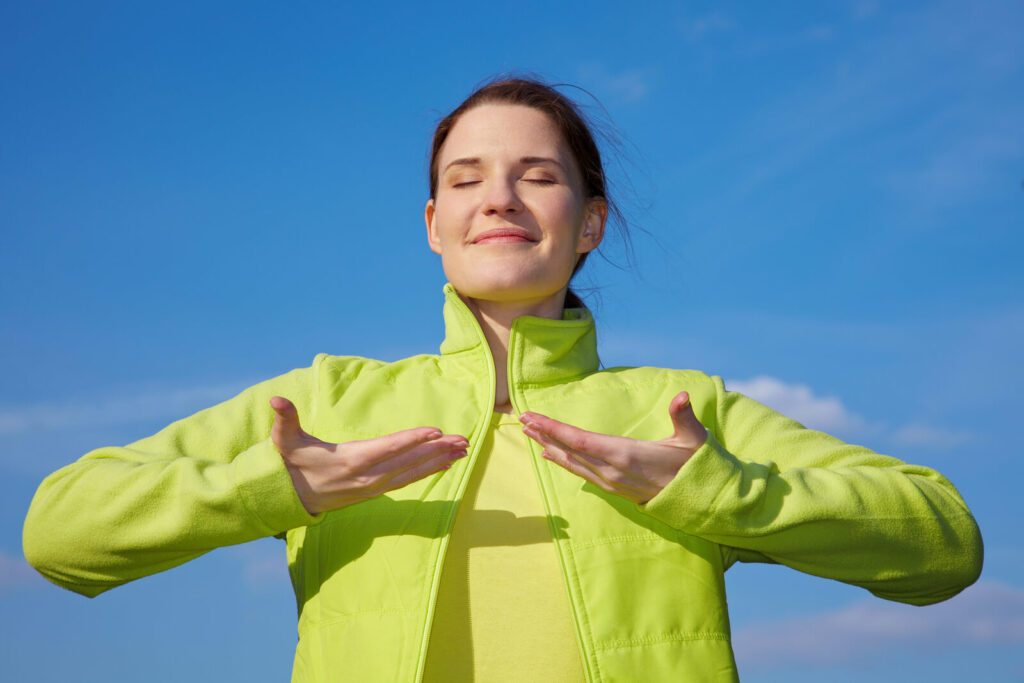
What is breathing:
Breathing Techniques is good for 0 stress
breathing is a biological function of living beings that consists of the entry of a gas and exit of the same modified.
The word breathing derives from the Latin I will breathe composed of the prefix re – indicating a repetition and the verb Spirare which means to blow.
The human breathing and that of the rest of the vertebrates is a vital function that consists of the entry of oxygen and the subsequent exit of carbon dioxide in a process that occurs in the alveoli of the lungs. This type of breathing is also called external breathing.
The second type of breathing in living things occurs at the cellular level called internal breathing. This type of breathingis divided into aerobic and anaerobic, differing by the presence or absence of oxygen.
Artificial breathing is that which helps those who are not able to breathe normally by themselves. Cardiovascular resuscitation (CPR), for example, is an emergency artificial breathing technique.
Cellular breathing:
Cellular breathing is the means by which cells obtain chemical energy by breaking down food molecules such as carbohydrates, fats and proteins.
Aerobic and anaerobic breathing:
Aerobic and anaerobic breathing are part of cellular breathing.
The first phase of cellular breathing is called glycolysis and occurs in the cytoplasm of cells. The second phase of cellular breathing can be aerobic or anaerobic.
Aerobic or aerobic breathing occurs in the mitochondria of cells through oxygen. The word aerobic indicates the presence of oxygen.
Anaerobic or anaerobic breathing occurs in the cytoplasm of cells and occurs in the absence of oxygen. The process is also called fermentation.
Breathing plants:
Plants, like all living things, also require breathing to use energy for growth. Plant breathing oxidizes carbohydrates synthesized during photosynthesis to release this energy.
Types Of Breathing Exercises:
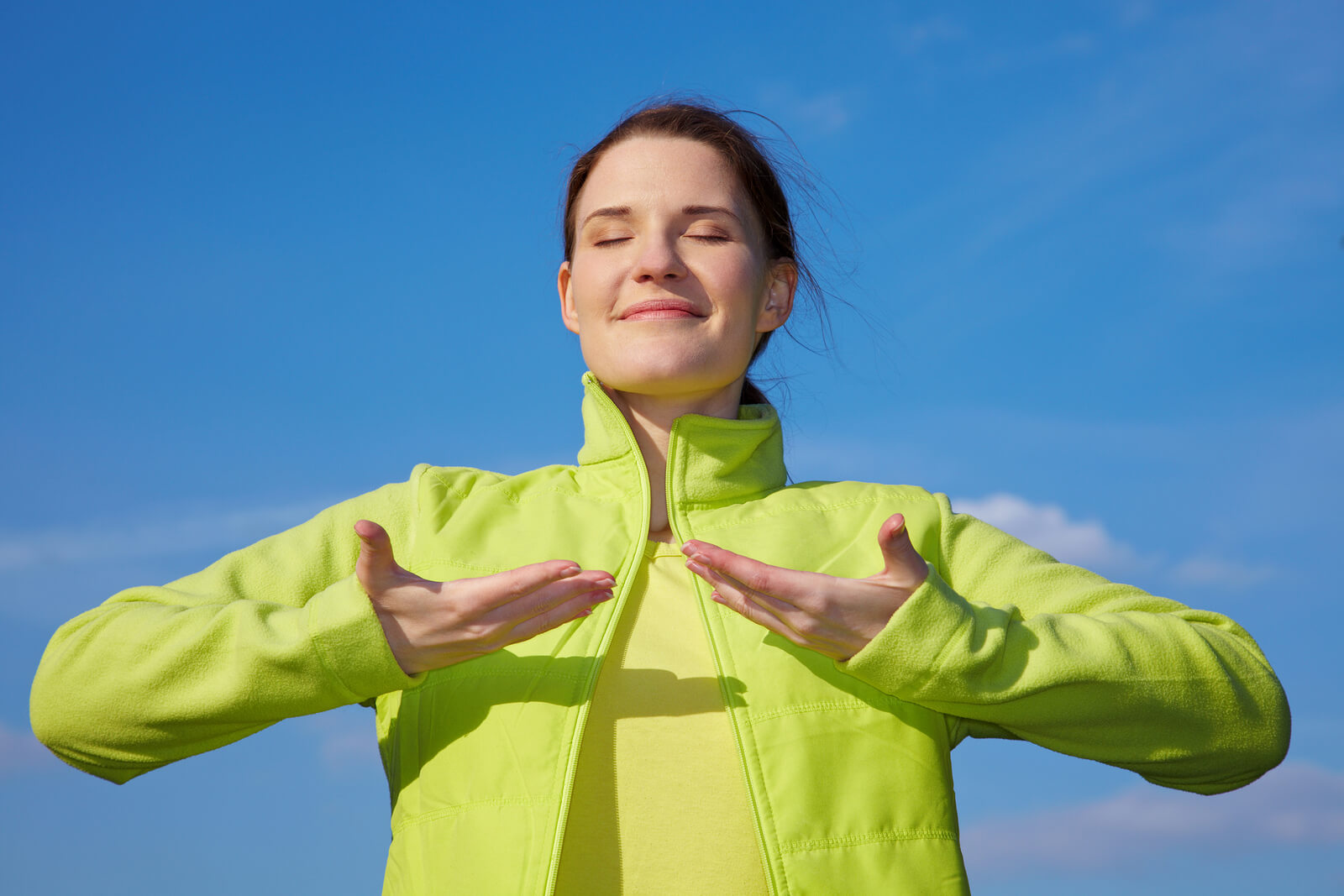


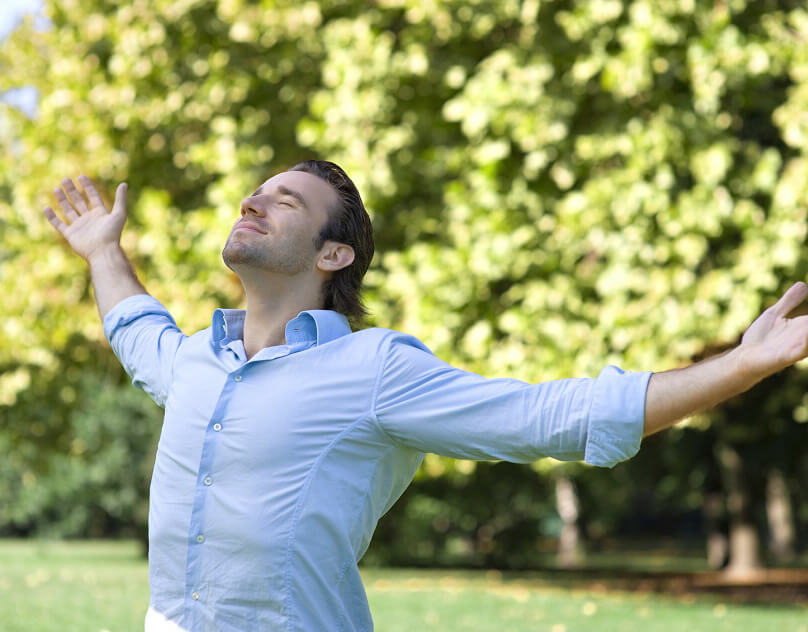
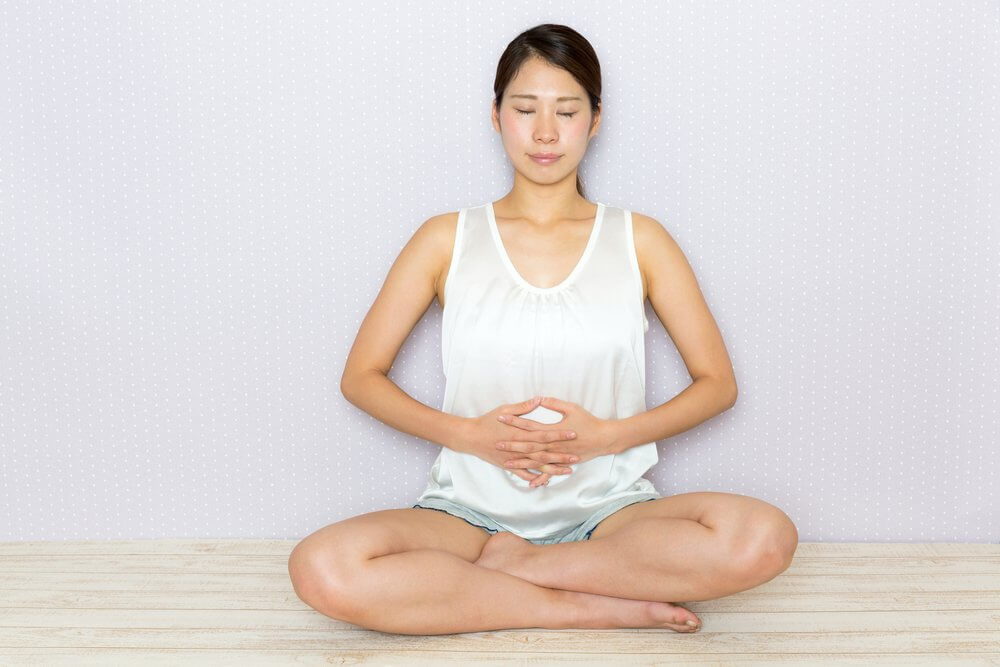


Breathing Techniques For Stress:Breathing Exercise
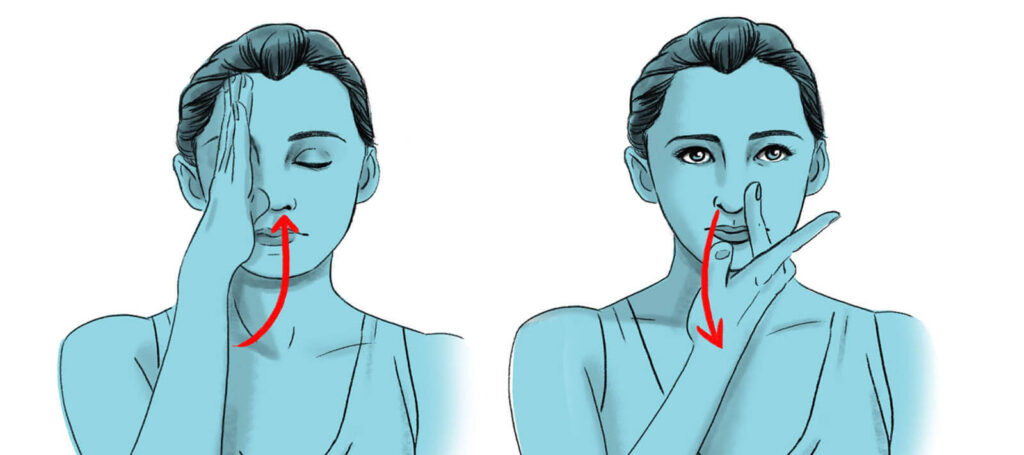
5 exercises to breathe better:
we present 5 Breathing Techniques For Stress to breate better By learning to breathe well, you win on all fronts:
less stress: the mind influences the breathing rhythm and vice versa. By mastering your breathing, you can better control your emotions, lower your heart rate, channel your adrenaline, and regain your concentration.less fatigue: by breathing more deeply, you oxygenate all your cells and facilitate the elimination of toxins from your body.less weight: printing a deep and regular rhythm to your breathing allows you to regulate the neuro-vegetative functions on which digestion depends and facilitate the use of sugars and fats by the body.
Make your stomach work:
During the day, paralysed by different emotions, you breathe by inflating the upper part of your lungs, the part that is constricted by the rib cage, which gives you a feeling of shortness of breath. Your belly gives you air: by practicing abdominal breathing, you increase your breathing amplitude by using 70% air against 30% in thoracic breathing. This belly breathing is the one used by babies, opera singers or the one instinctively adopted while sleeping.Your diaphragm massages you: by breathing through the belly, you fully mobilize the diaphragm, the main breathing muscle. As you exhale, it lowers, pushing on the abdominal muscles and viscera. When you breathe in, it rises again and performs a deep massage that evacuates tension and revitalizes.
Practice: sitting, lying down or even standing, hands on the belly to feel the breathing back and forth, inhale for 3 seconds through the nose while inflating the belly like a balloon, block the air for 3 seconds and then exhale slowly through the mouth for 6 seconds while letting the belly deflate until it becomes hollow.
The right tempo: 4 to 5 times a day, 3 to 4 min each time, to train or in case of stress, fatigue, anxiety, need for concentration.
Breathe in and out in the right direction:
Breathing means taking in oxygen and releasing carbon dioxide. Breathe in through your nose. The little cilia in your nostrils help filter impurities from the air and prevent the absorption of bad particles. And by passing through your nose, the air warms up and loses its aggressiveness, which limits the risk of bronchial spasms that cut off your breathing. Breathe out through your mouth. To empty your lungs properly, you must expel the stale air slowly and through your mouth. To help you slow down your exhalation, imagine that you are blowing air through a straw. The right tempo: the time spent breathing out should be twice that spent breathing in. The longer the exhalation, the greater the relaxation.
Adopt the right posture:
It is difficult to breathe well when the body is resisting. During the day, pay attention to your posture and relax your muscles. In times of tension, your body sends signals: high shoulders, clenched jaws, clenched hands, frowns… Take a slight breath in, exhale voluntarily while pulling in your belly, inhale while letting your belly expand, exhale again while pulling in your belly.Stand straight but not stiff. The more the chest is in a rolled-up position, the more the rib cage closes and limits pulmonary ventilation. This is for example the case in Parkinson’s disease where respiratory physiotherapy is a great help. But standing too stiffly is not desirable because the effort required also limits breathing. The right attitude: sitting or standing, be aware of your body’s supports, lower your shoulders, push your sacrum downwards and your skull upwards without lifting your chin.
Adapt your breathing to your activity:
Fast walking, hiking, jogging… to avoid being quickly out of breath during a physical activity, there are rules. The heart rate must be high enough to provide the oxygen necessary for the muscles to function. So always start slowly and progressively so that there is no lag between the start of the cardiovascular system and the intensity of the effort. You should be able to speak without running out of air. Avoid blowing out loudly in two quick bursts: the evacuation of carbon dioxide will only be partial and you risk tiring yourself by putting too much strain on the diaphragm and thus losing endurance. During a physical activity, the exhalation must be regular, deep, last three times longer than the inhalation and be done by drawing in the belly.The precaution: a breathlessness which persists must push to consult. This can be a sign of anemia, a lung problem (asthma, chronic bronchitis…) or a heart problem (arrhythmia, hypertension…).
Drink, sing, move!
Improving your breathing also means taking care of your lifestyle and using the tricks of the pros.
Hydrate yourself: to properly absorb oxygen and reject carbon dioxide, the lungs must be humidified. Dehydration makes breathing more difficult. However, you lose 2 liters of water per day through urine, stools, perspiration, but also… breathing, witness the fog in winter! Drink before you feel thirsty: when you feel thirsty, you are already dehydrated. Sign up for choir: it’s impossible to hold a note without knowing how to breathe, free up your facial muscles and anchor yourself to the ground.Take up yoga: this work of body and mind in harmony involves synchronizing postures with the breath.Discover sophrology: breathing is the basis of this technique that seeks balance between behavior and emotions.
Breathing Techniques For Stress:Breathing Exercise For Anxiety:
there are many exercices and Breathing Techniques For Stress and anxiety.
Anxiety can manifest itself in different ways: ruminations, intense stress, inability to concentrate, sweaty hands.These symptoms are never very pleasant and often have repercussions on the life of the person suffering from them.
However, it is not a fatality! It is possible to learn how to manage your anxiety through therapy, especially through cognitive behavioral therapy (CBT).
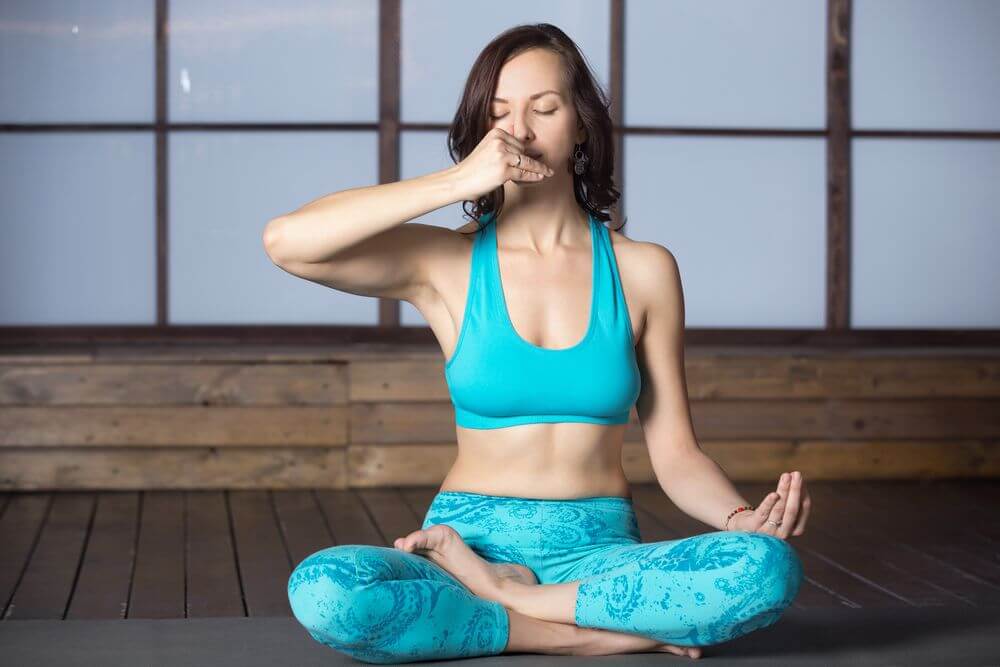
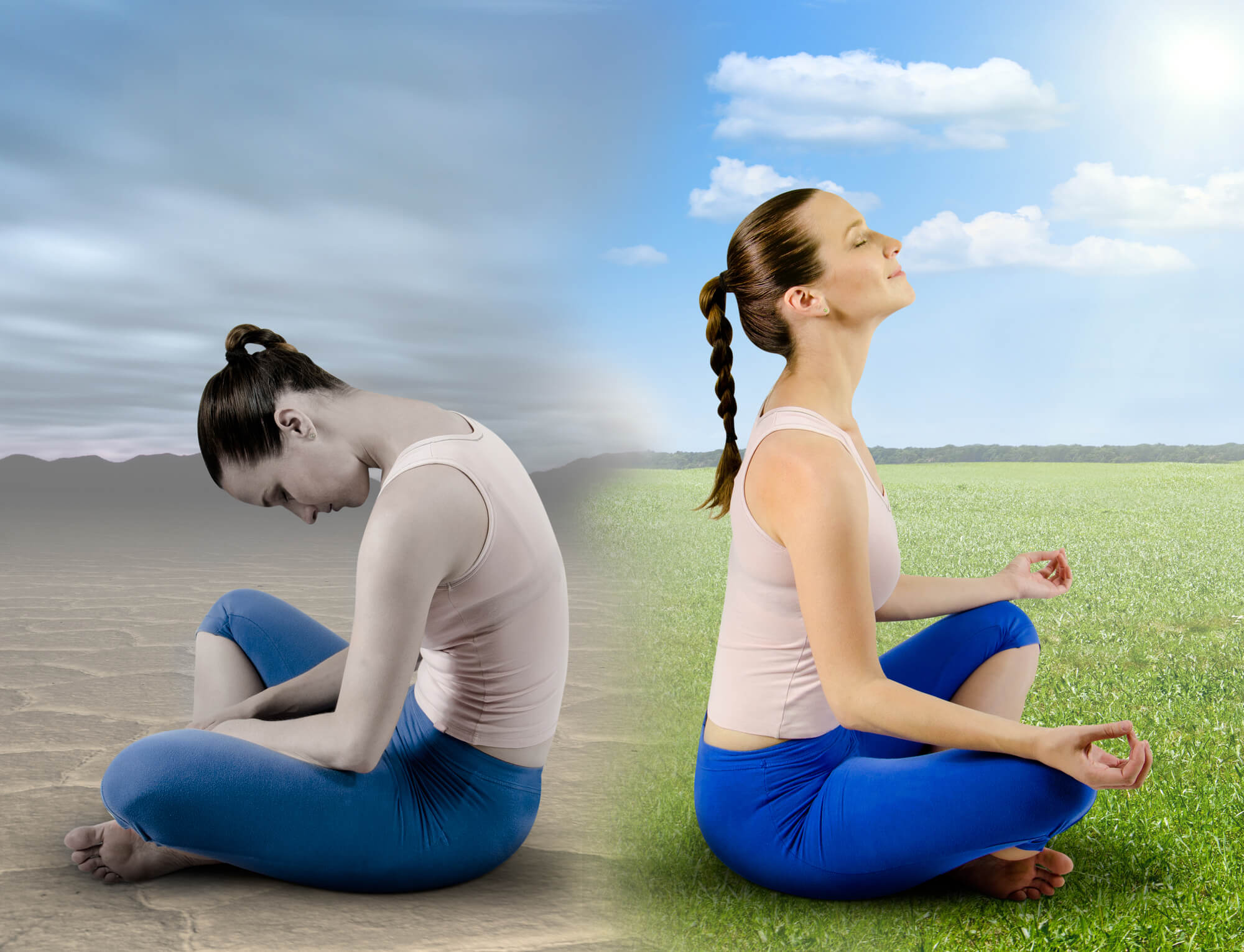
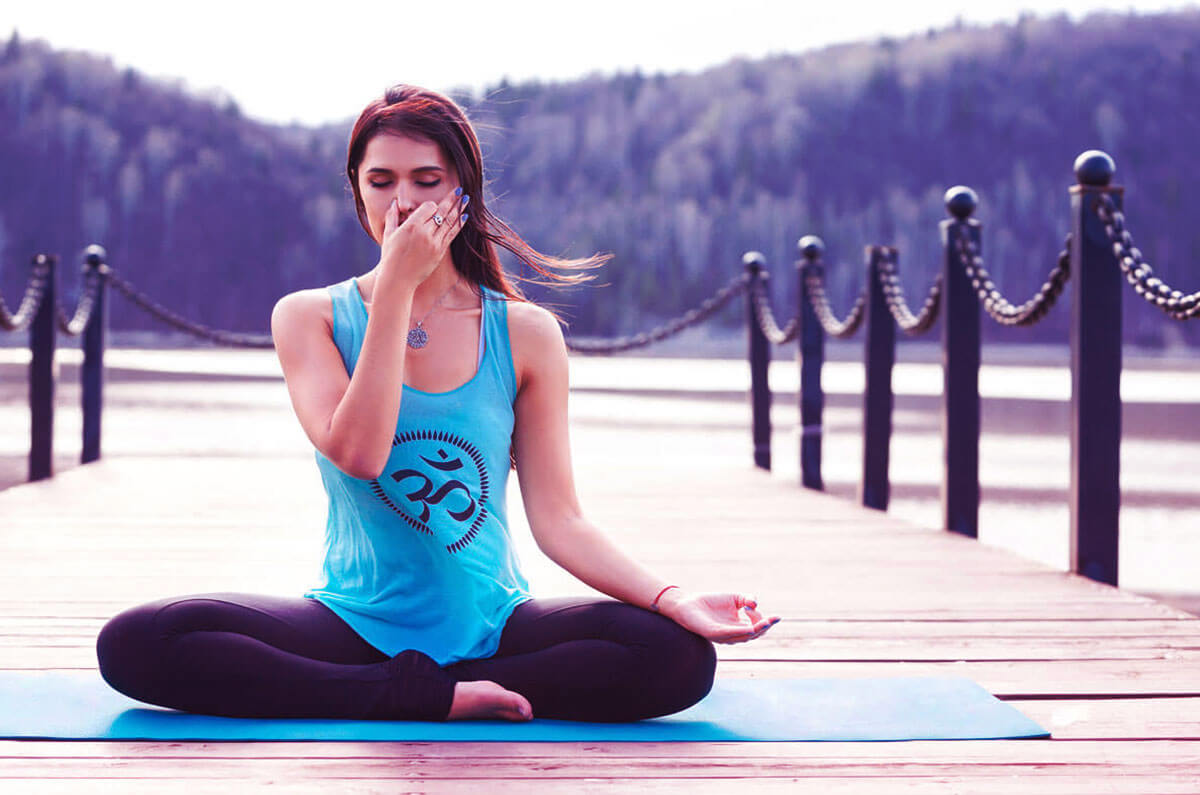
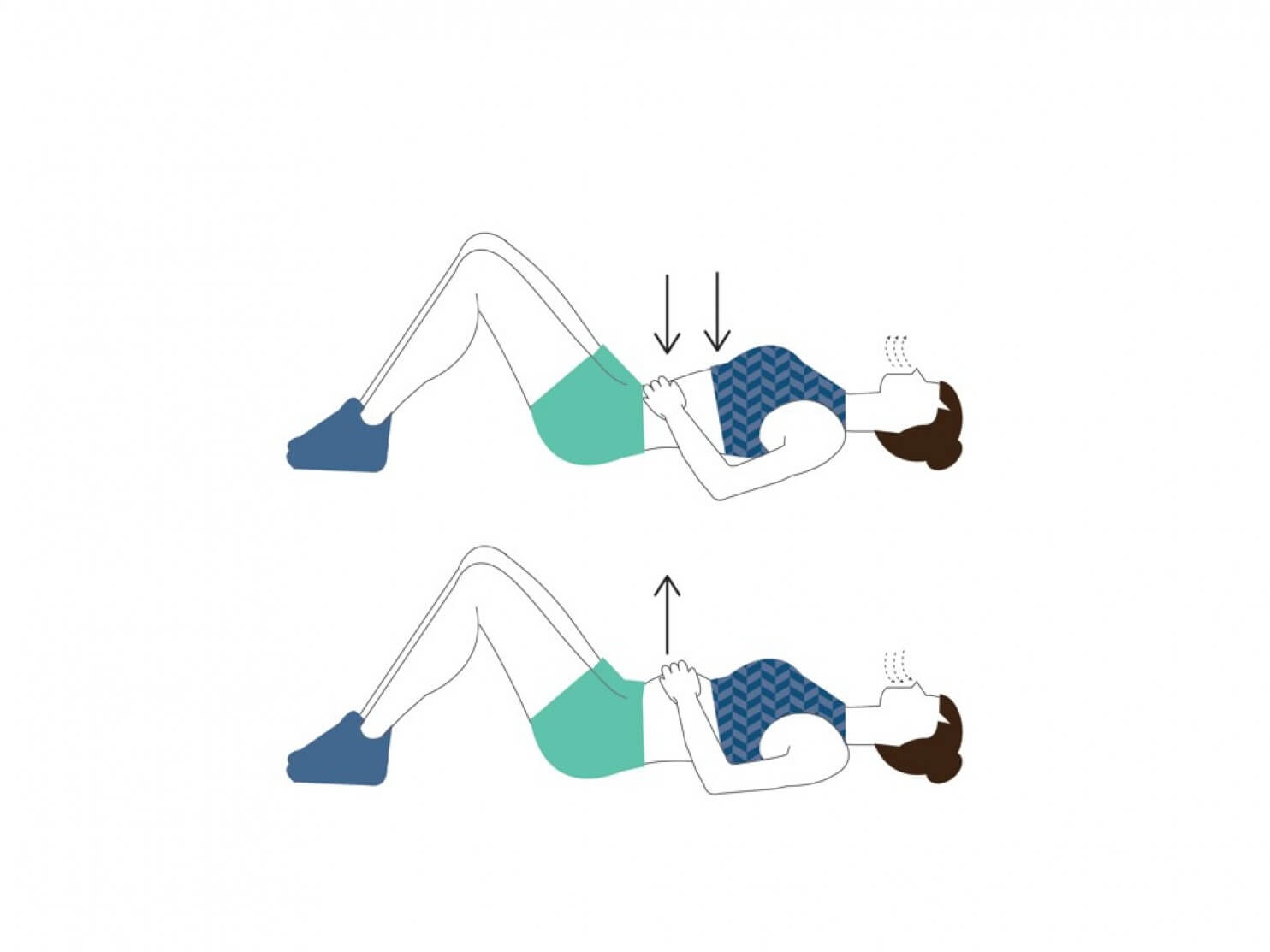
How does breathing help calm anxiety?
Breathing exercises are very powerful tools for the body and the mind, especially for taming anxiety and stress. The reason for this is simple: breathing acts directly on the heart rate. Indeed, a fast, short and rapid breathing will accentuate your anxiety and will decrease the oxygen distributed in your body. On the other hand, calm, calm and deep breathing will allow an optimal distribution of oxygen as well as a distancing from anxiety.
In addition, deep breathing allows you to reconnect your body and mind and to activate the parasympathetic system. Indeed, it is this one which is responsible for the return to calm of the body after a peak of stress.
1st Exercise : Prone Eight or Infinity Breathing
This type of breathing is derived from cardiac coherence. The principle of this one is to represent a lying 8 or an infinity and to breathe in on the first 8 line and breathe out on the second line. You can also draw the 8/infinity on your hand to help you represent it. Repeat the exercise about ten times until you feel a sense of calm.
2nd exercise: breathing 4 – 7 – 8
Developed by Dr. Andrew Weil, this breathing technique is particularly effective in overcoming anxiety.
Very simple to practice, it follows this protocol :
Step 1: inhale by counting to 4
Step 2: hold your breath and count to 7
Step 3: release the air by exhaling to 8
Repeat this pattern four times to feel the benefits. The more you practice these exercises, the easier it will be to manage your anxiety.
3rd exercise: abdominal breathing
Abdominal breathing allows you to become aware of the movements involved in breathing. It is an excellent way to slow down and focus on your sensations, while oxygenating your brain.
The protocol is as follows:
Step 1: inhale through the nose. When you inhale, the diaphragm expels air from the lungs and compresses the rib cage. On the other hand, the abdominal muscles relax, allowing the stomach to expand.
Step 2: The inspired air enters the belly and inflates it. Thus, the rib cage expands. Observe how this feels. Feel your lungs filling up, your rib cage opening.
Step 3: Gently release this air through your mouth. The muscles relax, and your stomach deflates little by little. The abdominal strap tightens and the diagram goes up.
Repeat this exercise until the anxiety level is considerably reduced.
What to do when anxiety becomes too present?
These exercises can be used on an occasional or daily basis when a peak of stress occurs/ On the other hand, it sometimes happens that anxiety and stress take up too much space and end up affecting your life. In this case, considering a psychologist may be an option to help you find appropriate solutions and better understand your sources of stress.
Breathing Techniques For Stress: Breathing Techniques For Sleep
Every night it’s the same thing: you toss and turn in bed and can’t get to sleep, even though you’re tired. Try one of our breathing exercises to fall asleep in just a few minutes.

for example,e A third of the French population suffers from sleep disorders. Sometimes, the fatigue is there, but the sleep does not come. This can be due to different factors such as lifestyle, alcohol or caffeine consumption, the immediate environment, or stress, which overloads the mind with parasitic thoughts.
The first thing to do is to act on these factors, whenever possible. Then, adopting good breathing can help you, because it increases the oxygenation of the brain, slows down the heart rate, and helps to clear the mind. Discover our 5 easy-to-implement exercises in this slideshow.
Good habits to get back to sleep:

Several factors directly affect sleep. By modifying them, it is possible to fall into the arms of Morpheus more easily. Here are the good habits to adopt, starting now:
Avoid exciting drinks after 4 p.m. (tea, coffee, sodas, energy drinks).
Don’t drink alcohol at night.
Eat a light dinner, at least 3 hours before bedtime.
Eliminate all sources of light in the bedroom.
Eliminate noise pollution (e.g., no pets in the bed, no television in the background).
Get regular physical activity… but not after 8 p.m.
If, despite your best efforts, this is not enough, try the breathing techniques we suggest in this slide show. Your mind may be too cluttered with your daily worries, that you are stressed or even anxious. In addition to these exercises, practicing yoga or meditation can also do you good.
Because we can never remind you enough: sleep is health! According to Inserm, lack of sleep increases the risk of catching a cold by a factor of 4 and increases the risk of type 2 diabetes by 28%. It also affects the risk of cancer, cardiovascular disease, accidents, and obesity.
5 breathing techniques to fall asleep quickly:
Abdominal breathing:

Sometimes called our second brain, the stomach is also the seat of our emotions. In case of stress, we sometimes say that we have a knotted stomach. Adopting abdominal breathing allows you to relax quickly, and to fall into the arms of Morpheus more easily.
Breathe in through the nose, opening the rib cage and inflating the belly to the maximum. You can put your hand on your belly button to feel your belly rise as it fills with air. Then exhale very slowly through your mouth, letting all the air out of your lungs and pulling in your belly button. Repeat about ten times.
The 4-7-8 method:

If you follow it to the letter, this method developed by a professor at Harvard University would allow you to fall asleep in less than a minute.
Start by sticking your tongue on the roof of your mouth, just behind your upper teeth. Exhale all the air in your lungs, then inhale deeply through your nose, counting slowly to 4. Hold your breath for 7, in the same rhythm. Finally, breathe out through your mouth to the count of 8. Repeat the same sequence three more times.
Heart coherence:

Cardiac coherence is “a state of physiological, physical, mental and emotional equilibrium”, which can be achieved through simple practices, particularly breathing. It helps to better manage stress and reduces sleep disorders.
This controlled breathing exercise, developed by Dr. David O’Hare, can be used during the day against anxiety, or at night to facilitate sleep. It consists in practicing 5 minutes of conscious breathing, at a frequency of 6 breaths per minute, 3 times a day. Applications and videos are available to guide your breathing.
Breathing squared:

This exercise makes it easier to fall asleep by slowing down your breathing. Breathe in deeply by inflating the belly, for four seconds. Hold your breath, also for four beats. Exhale, emptying your lungs, for four seconds. Then hold again for four beats. Repeat as many times as necessary.
If four seconds seems too long, you can start by doing the exercise in three beats, and increase this duration gradually, the main thing being that you are comfortable.
The sophrology exercise:

Sophrology combines breathing techniques with visualization techniques.
Lie down in your bed, close your eyes and breathe calmly, by the belly. On the inhale, feel the fresh air entering your nostrils and inflating your lungs, then your belly. On the exhale, feel the warm air coming out of your nostrils as your belly button expands and your lungs empty.
Once this breathing comes naturally to you, think back to the three most enjoyable moments of your day and allow yourself to be overwhelmed by the positive emotions they brought you. As you continue to breathe slowly and deeply, mentally recite, “I feel perfectly fine and calm right here and now.
Breathing Techniques For Stress: Belly Breathing

Relearning to breathe… through the belly
Abdominal breathing allows you to breathe from the diaphragm rather than the chest and puts more oxygen into your lungs. It can be practiced at any time of the day and in any place: at work, in line, in bed, and even on public transportation.
Breathing, Abdominal: The basic rules for practicing abdominal breathing:
Sit in a comfortable position or lie on your back.
Close your eyes.
Place one hand on your chest and the other on your stomach.
Breathe in deeply and slowly through your nose, expanding your abdomen. As a guide, you can count ten seconds of breathing in. At this point, your chest should move as little as possible and the hand on your belly should rise.
Hold your breath for about five seconds before exhaling.
Exhale slowly through your mouth while pulling your abdomen in and letting as much air out of your lungs as possible.
Repeat the cycle as many times as you like. You can do this every day for 5 to 10 minutes.
When finished, stand up quietly.
If you perform the technique correctly, the hand on your belly will rise at the same rate as your belly when you inhale and the hand on your chest will barely move. On the exhale, it will be the same, except that your hand on the stomach will move in the opposite direction.
Have a good breathing session!
Also, check out our pre-bedtime routine for a restful night’s sleep that will keep you free of stress and anxiety.
Breathing Techniques For Stress: Breathing Exercise For Lungs
Three breathing exercises to clean your lungs
Most people breathe superficially. Air enters in small quantities, at a short and rapid pace. Stale air is poorly expelled and fresh air has difficulty entering.
In short, the body lives in apnea. Hence the interest in knowing these few exercises that allow you to clean your lungs.
Cleansing exercise?
Any breathing exercise (from yoga to singing) is preceded by a lung cleansing exercise. The objective is to empty the lungs as much as possible of polluted air.
Ideally, we should take the time to practice this cleaning exercise before each physical exercise and daily.
Emptying the lungs, what is the point?
In concrete terms, this exercise increases respiratory capacity: the space in the lungs that has been spoiled by stale air is freed up and the respiratory channels are aired.
This type of exercise makes it possible, in particular, to make certain symptoms disappear that are produced by shallow breathing:
- headaches
- glandular problems
- diffuse discomfort
- insufficiently restful sleep
How to clean the lungs?
Like any breathing exercise, it is better to practice it 3 hours after eating, in an airy room. It is necessary to choose comfortable clothes which do not hinder the movement.
The most important point is to eliminate any obstacle to the free circulation of air: it is, therefore, necessary to respect the letter the instructions for the starting position of each exercise (a bad position blocks the circulation of air).
Then locate the muscle groups that are tense and relax them.
First breathing exercise: Deep relaxation
Principle of the exercise: The deep inspiration gives momentum to the diaphragm. Combined with the gesture of leaning forward and the rhythm of the breath, the exhale is deeper.
Before starting:
The starting position can be uncomfortable for those who do not practice this type of sitting: the ankles are often rusty and the knees tend to send a signal that is considered pain as soon as they are put on the ground.
This type of exercise allows you to unwind your ankles and slightly strengthen your knees. To enhance this effect, try this exercise:
In the starting position of the following exercise, breathe in through your nose while lifting one knee, letting the ball of your foot rest on the floor. Exhale while resting the knee on the ground. Repeat three times, then do the same with the other knee.
The exercise:
Starting position: sitting on your knees, buttocks resting on your heels. Back straight and shoulders relaxed behind. Hands-on your thighs.
Take a slow, deep breath in through your nose, inflating your stomach and then your chest.
While exhaling, bend forward until you put your forehead on the ground.
Exhalation: with your mouth in a “cul-de-poule”, blow out several times, briefly but forcefully.
Stand up while breathing in through the nose. Return to the starting position.
Repeat the exercise at least three times.
Second breathing exercise: control of exhalation:
Principle of the exercise: when we concentrate on our breathing, we tend to accentuate the inhalation and let the body exhale by itself. Here it is the opposite: the exhalation is forced and the inhalation is done naturally.
Starting position: sitting on your knees, buttocks resting on your heels. Back straight and shoulders relaxed behind. Hands-on thighs. Possibly sitting cross-legged, in a half-lotus position, in a lotus position, or on a chair.
Inhale deeply and slowly through the nose while inflating the belly.
Empty the lungs by exhaling the air through the nose, in short, and powerful bursts.
Breathe in, but without focusing on the inspiration: it must be done without intervention and by the only effect of the air call caused by the expirations.
Do at least 6 inspirations.
Third breathing exercise: alternating breathing:
Before starting: For the first few breaths, you risk “running out of air” if you inflate your lungs completely or if you empty them. So you may need to start with a shorter breathing pattern: 4 seconds in, 2 seconds out, 2 seconds in.
The exercise
Principle of the exercise: This exercise cleans the sinuses and the entire respiratory system
Starting position: Sit comfortably, if possible on a chair. (Do not cross your legs or arms). Prepare yourself with slow, deep inhalation and exhalation by inflating the belly and then the chest on the inhalation.
With a finger, block the right nostril and inhale slowly and deeply through the left nostril.
Block both nostrils and hold your breath for a few seconds.
Exhale slowly and gently through the right nostril, keeping the left nostril closed.
Close both nostrils again for a few seconds.
Repeat, this time reversing sides: inhale through the right nostril and then exhale through the left nostril.
Take three breaths for each nostril.
Deep Breathing Exercise:

Deep breathing: the 4th Step exercise to relax and let go
An adult human being breathes an average of 15,000 liters of air every day and takes about 20,000 breaths in and out.
The process is done automatically, without us having to think about it.
We realize that we usually breathe when we run out of air. There, breathing becomes a major concern. The rest of the time, it is almost invisible and unconscious.
Yet we should all be concerned about our breathing from time to time!
Deep breathing has many benefits and can, among other things, help you let go, release muscle tension and calm your thoughts.
It is different from automatic breathing.
This deep breathing can be developed through practical exercises.
This is why I am proposing today a deep breathing exercise to help you relax and let go.
Step 1: prepare for the exercise:
Place yourself in a quiet place, free of all distractions, and sit comfortably on a chair or an armchair. Stand up straight with your legs parallel. Place your hands on your thighs. Close your eyes.
This first step is very important because it allows you to clear your mind and enter the exercise leaving all your worries behind.
Step 2: Become aware of your breathing:
Simply begin by becoming aware of your breathing, of the air coming in and out of your nostrils, of the air inflating and deflating your belly.
Concentrate little by little on the inhalations and exhalations, and feel the short moment of retention between the two.
Let yourself be carried away by this pleasant and gentle movement of the flow of the breath.
Do not try to change the rhythm of your breathing, let it come and go as it is in the present moment.
Step 3: Set up the deep breath:
As you inhale, your belly expands.
I invite you to place a hand on your belly to feel the swelling.
On the exhale, the belly deflates.
Push all the air out of your lungs before starting a new cycle of deep breathing.
To do this, push lightly on your belly with your hand.
Continue this for a few minutes, taking about 10 deep breaths.
If you are distracted by a thought that arises during the exercise, accept its presence and refocus on the breath.
Step 4: Exit from the exercise:
Exiting the exercise is also important to feel the benefits of deep breathing.
Once you have done about 10 deep breaths, gradually return to your automatic breathing. Keep a few more seconds or a minute of calm.
Feel what has changed in you.
I invite you to do this exercise every day, in the morning when you wake up and/or in the evening before bedtime.
It only takes a few minutes, but you will get great benefits from it.
With practice, you will be able to let go on command, when you need it, before an exam, an interview, or a trip.
You will see that it will make a huge difference in your life!
What are the 4 types of breathing?
Diaphragmatic or abdominal breathing
Costal or thoracic breathing
Clavicular breathing
Complete breathing
